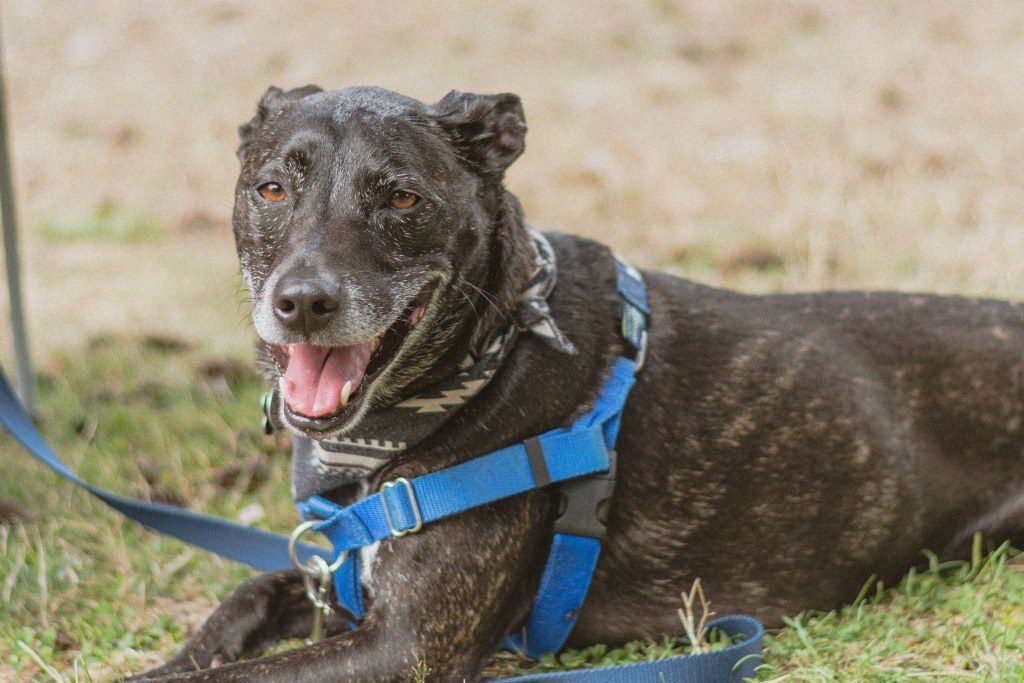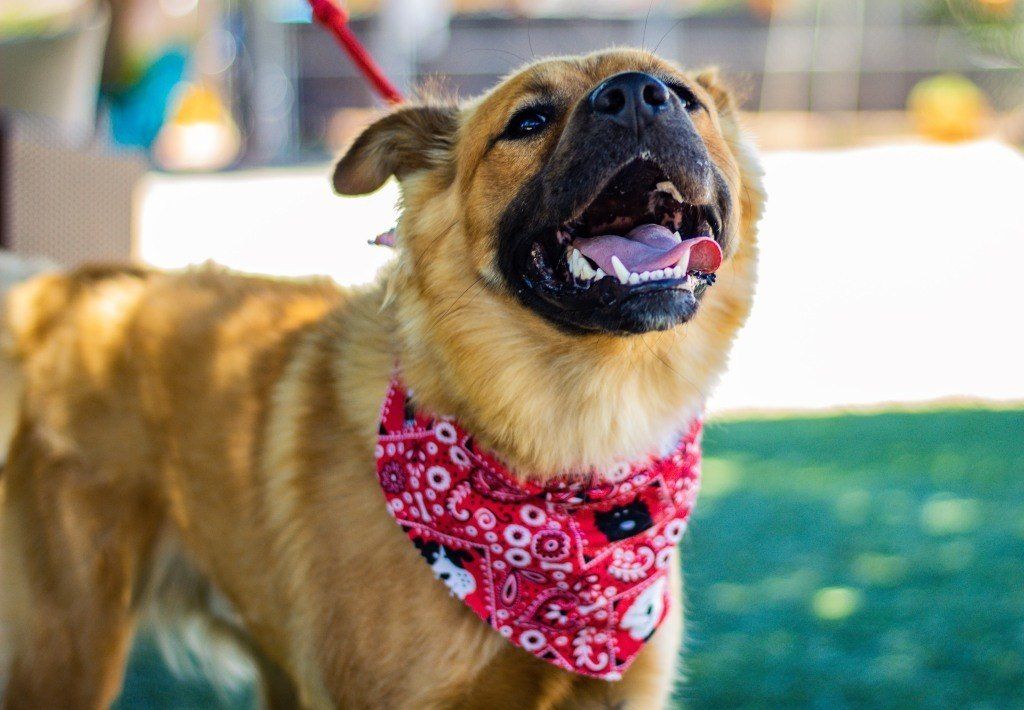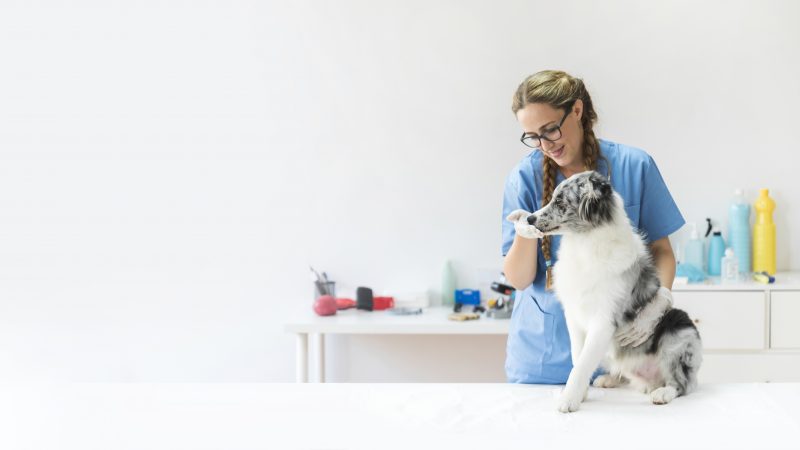Getting ready to introduce your new pup to your home and family? Here are 10 steps to help things go smoothly when bringing a rescue dog home.
Make Sure They’ve Been to the Toilet
Before bringing a rescue dog home and entering a new area, take them for a short walk to help avoid accidents.
Know What You Want When Bringing a Rescue Dog Home
Consider where they’re going to eat, sleep, and spend time before they arrive. Map out what their average day will look like, as well as what ongoing boundaries you want to establish. All dogs like clarity, consistency and routine, it makes them feel safe.
For example: If you don’t want them to beg at the dinner table, feed them their meals at the same time you’re eating yours. Don’t like them on the bed? Create a space for them that is comfortable, safe and warm, one they would choose to be in over anywhere else. Be consistent and keep it up. Too much free reign, or breaking routines, may set them up to feel overwhelmed and pick up unwanted habits.
Have Your Home Set up for Them Before They Arrive
Speaking of consistency and preparation: pre-organise bedding, food, toys and chews, water bowls and some treats so they walk into a steady, calm environment. You don’t want to overwhelm them by moving things around constantly.
Lift up or remove anything you don’t want your dog to have access to BEFORE they come home. If you can’t remove it, then coat it with a chewing deterrent so they learn as early as possible to not put their mouth over it.
Know What Associations You Want Them to Have with Each Area of Your Home (and Reinforce Them)
For example: You probably want the living room and bedrooms to be spaces where your pet is relaxed and setted. So avoid leaving toys such as balls and squeakers around, and rather provide bedding and chews in these rooms.

Keep Them on Lead
After bringing a rescue dog home, when it’s time to invite them in, play it safe by keeping them leashed. This also goes for any time they’re entering a new space or even meeting new people. It removes the concern that they could bolt out the door or even at another pet.
Move Slow
Introduce them to the house one room at a time, without anyone else around. Too much too soon can cause them to get overstimulated. The goal is for them to learn calm and positive associations with each space. Let them sniff and explore before removing them to where they are going to sleep or allowing them to rest in the room itself.
Take a Break
You don’t have to introduce them to the whole house in one go. Absorbing new information is exhausting. Watch and respond appropriately to your dog’s body language. If they become agitated, distracted, or hyper-aroused it means their mind is racing. Take time to settle things down using gentle encouragement and chews. If you need to pause and come back to the rest of the home later that’s fine.
Introduce Family Members One at a Time
Each interaction is a conversation, and it’s easier to focus one-on-one. The same rule goes when introducing them to other animals. Ensure both parties feel comfortable in the environment before trying a face-to-face meeting. Let one pet into a space alone, remove them, then bring in the other. The goal is to let them have a sniff before they meet. They don’t need to be in the same room to start getting acquainted. Again, keeping them on-leash for first interactions may also be a good idea.
Positive Experiences Don’t Have to Be Over-stimulating
If your dog is calm, content, and showing no signs of stress, they’re happy. This is a great frame of mind to remember for the home environment. Getting them worked up through play and boisterous interactions may be fun but is it really what you want them to learn about being at home? Nobody has ever called a dog trainer because their dog is too relaxed.
Take Your Time Bringing a Rescue Dog Home
It takes roughly three months for a dog to understand that this new space is home. They have strong cyclical memories and remember patterns such as when you get up, go to work, take walks, and feed them. But they need repetition to learn and can be thrown off by changing routines–so be consistent.
Ian Shivers is a behaviourist, trainer and counter of the Bondi Behaviourist. Check out their range of training packages here.
For more help with your pup, check out Scratch’s ultimate new dog guide.
Getting ready for life with a rescue dog? Get more great advice here.
Photos by Tom Garritty and Madeline Bowen on Unsplash.








